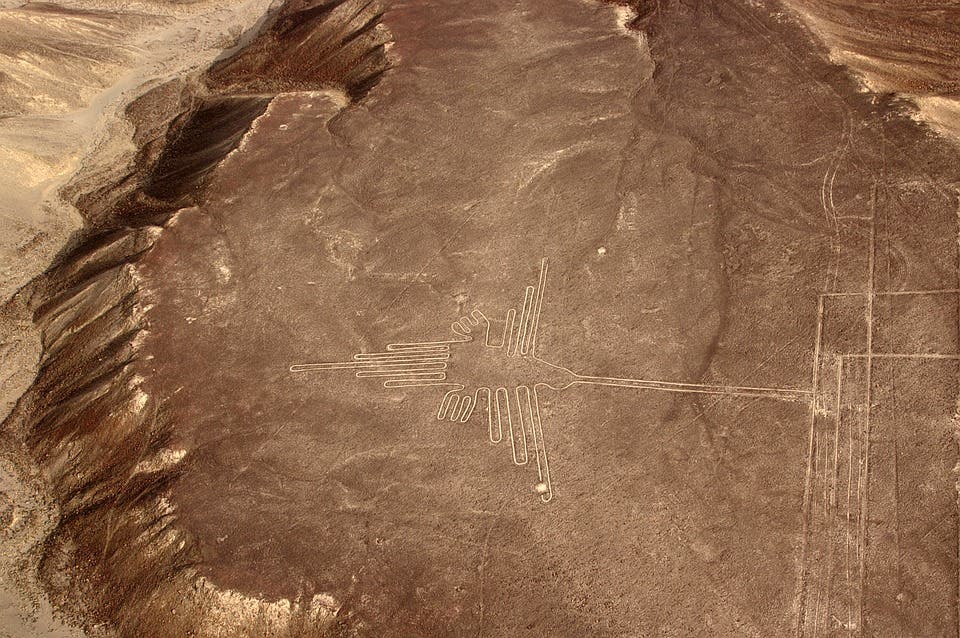Space archaeologist Sarah Parcak has set up a new website which allows anyone to search for potential archaeological sites.

There’s a lot of room on Earth, and not many archaeologists to dig it up. So why not allow aficionados everywhere a chance to lend a hand? Well, that’s exactly what Dr Sarah Parcak has done — using the prize money she received from her 2016 Ted conference Ted conference on space archaeology, she set up GlobalXplorer. The Ted (Technology, Entertainment, and Design) prize is a $1m (£800,000) prize given out each year to help “world-changing” projects become reality.
And it worked! Describing it as “Indiana Jones meets Google Earth,” the site will allow anybody anywhere to identify potential archaeological sites and keep a watchful eye out for looting. Dr. Parcak’s website will draw on satellite imagery which will then be churned through several analytics algorithms to identify the subtle changes left behind by human activity — a method known as space archaeology, which finds growing support in the scientific community. Using it, she has already identified 17 potential pyramids, 3,000 settlements and 1,000 lost tombs in Egypt.
Now, she hopes, citizen scientists can take over the exploration.
“The world’s hidden heritage contains clues to humankind’s collective resilience and creativity,” Dr Parcak explained.
“It’s up to all of us to protect this heritage, and with GlobalXplorer, we are empowering a 21st Century army of global explorers to discover and protect our shared history.”
Users are first taken through a tutorial explaining what different patterns on different images mean. When and if an area is flagged for potential interest by six people, the system passes it over to Dr Parcak’s team, who will assess its potential as an archaeological dig. The same system will allow users of the site to spot potential looting at existing sites, a growing problem around the world.
The satellite images are broken into tens of millions of tiles and displayed in a random order, without giving users the options to pan out or navigate. They don’t have any location reference or coordinate information attached, either. All this is done to prevent looters from using the system to find their next target.
To reward their efforts, the site offers users content about Peru or the going-ons at archaeological sites which don’t make it to documentaries. It also gives them the chance to join archaeologists on actual digs.
Initially, the site will be limited to sites in Peru, but there are plans to launch it in other countries later this year.






